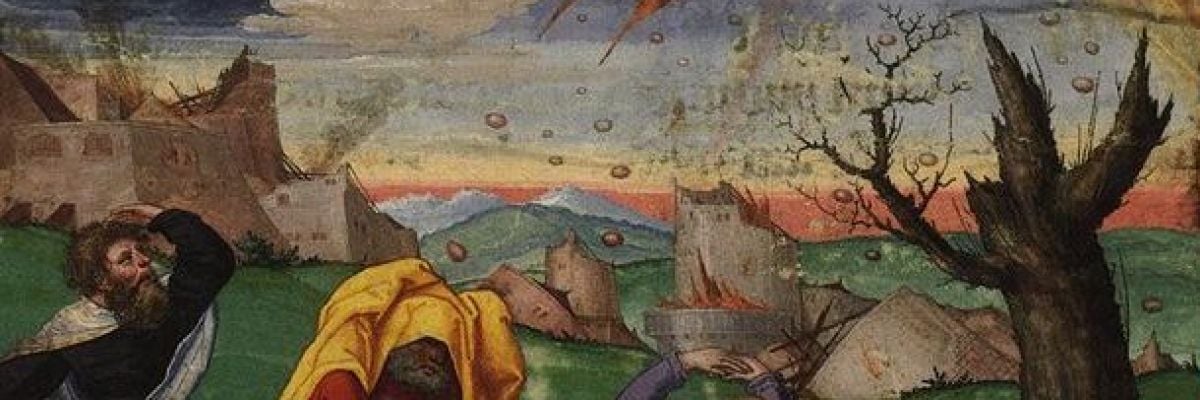
Pope Benedict’s renouncement of the papal office has spurred a rash of questions about the purported prophecies of St. Malachy. “Will Benedict’s successor be the last pope?” “Are we headed into a period of great tribulation?” “Will the world end soon?”
The last time we fielded so many such questions at Catholic Answers was about eight years ago, shortly after the death of Blessed John Paul II. This makes sense, because the prophecies in question concern the identities of popes from the twelfth century to the end of time. This time around it is a little different, though, because there is only one more pope identified after Benedict XVI: “Petrus Romanus” (Latin for “Peter the Roman”).
St. Malachy was an Irish bishop who lived in the twelfth century. He died in 1148, and his close friend St. Bernard of Clairvaux wrote his biography shortly afterward. St. Malachy was canonized in 1190 by Pope Clement III. Throughout this entire period there was never any mention of St. Malachy’s prophecies concerning the identities of future popes. In fact, not until the year 1590—400 years after St. Malachy’s canonization—did his prophecies surface.
Interestingly, 1590 was the same year Pope Sixtus V died and his successor was elected. At the time, every pope who had reigned during the prior 447 years had been correctly identified by St. Malachy. Sixtus V’s successor, Urban VII, ended that. There was another candidate for the papacy that year who did fit St. Malachy’s prophetic identification, but he was not elected. Since that time, interpreters have had to perform acrobatics with St. Malachy’s cryptic prophetic phrases in order to somehow vaguely relate them to the identities of the successive popes. In many cases it simply cannot be done. In other cases, doing so is a stretch at best.
For example, the Latin phrase identifying our current pope is Gloria olivioe (“Glory of olives”). To make this fit Pope Benedict, many interpreters follow a train of thought something like this: Joseph Ratzinger chose the name Benedict; St. Benedict founded the Benedictines; formally affiliated with the Benedictines since 1960 is the Order of Our Lady of Mt. Olivet (the Olivetans); thus Pope Benedict XVI is the “Glory of the olives.” It’s something akin to Kevin Bacon’s “six degrees of separation.”
Considering all these facts, most historians have concluded that the purported prophecies were a sixteenth-century forgery that failed to sway the electorate of 1590. Nevertheless, the prophecies were published in 1595, and they have continued to be an item of curiosity and speculation ever since, especially whenever a new pope is elected.
In regard to people who still choose to believe in the authenticity of the prophecies today, it is important to note that the prophecies do not actually predict the timing of tribulation or of the end of the world. The Catholic Encyclopedia, published more than 100 years ago, explains:
It has been noticed concerning Petrus Romanus, who according to St. Malachy’s list is to be the last pope, that the prophecy does not say that no popes shall intervene between him and his predecessor designated Gloria olivioe. It merely says that he is to be the last, so that we may suppose as many popes as we please before “Peter the Roman.”
St. Malachy, pray for us.



